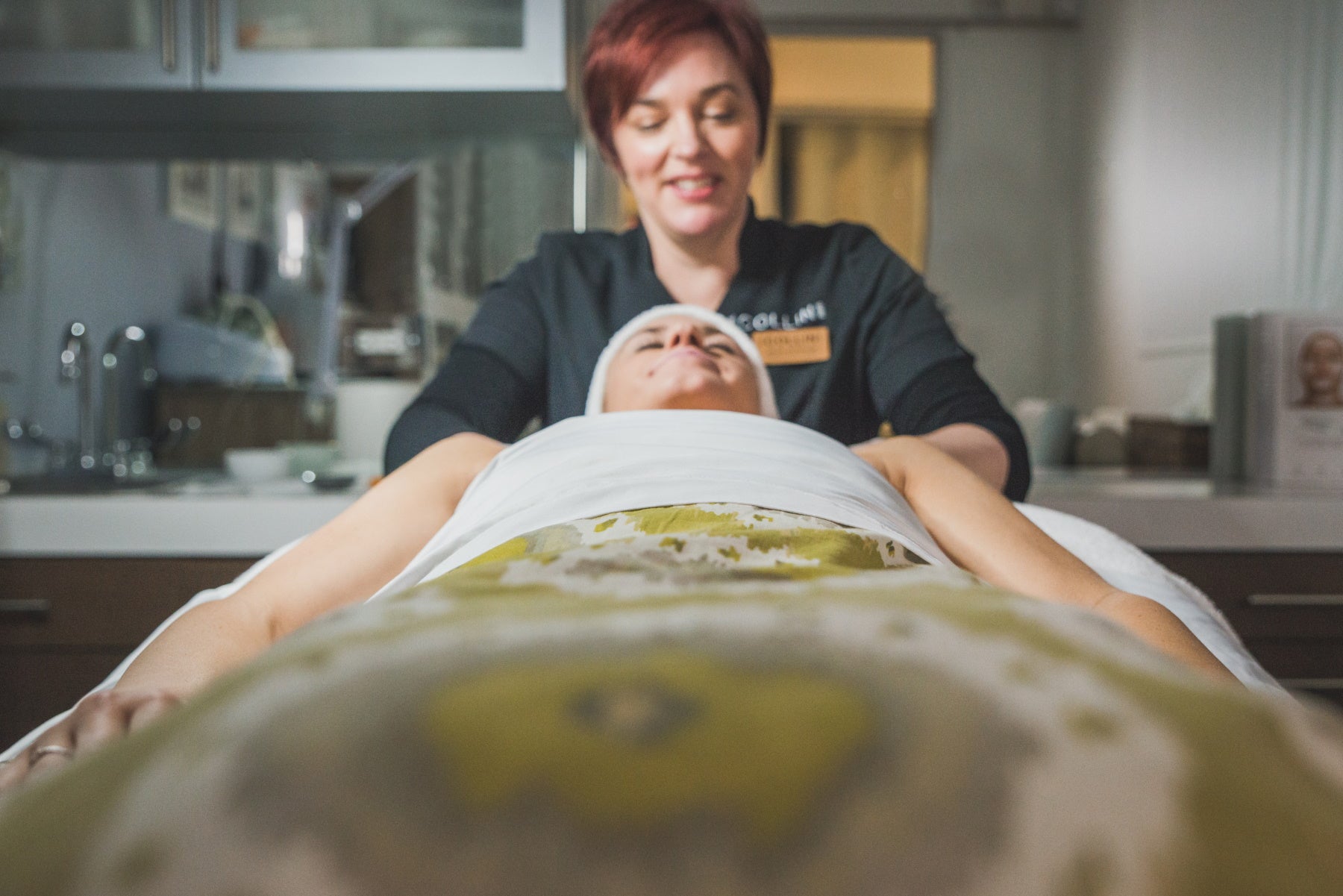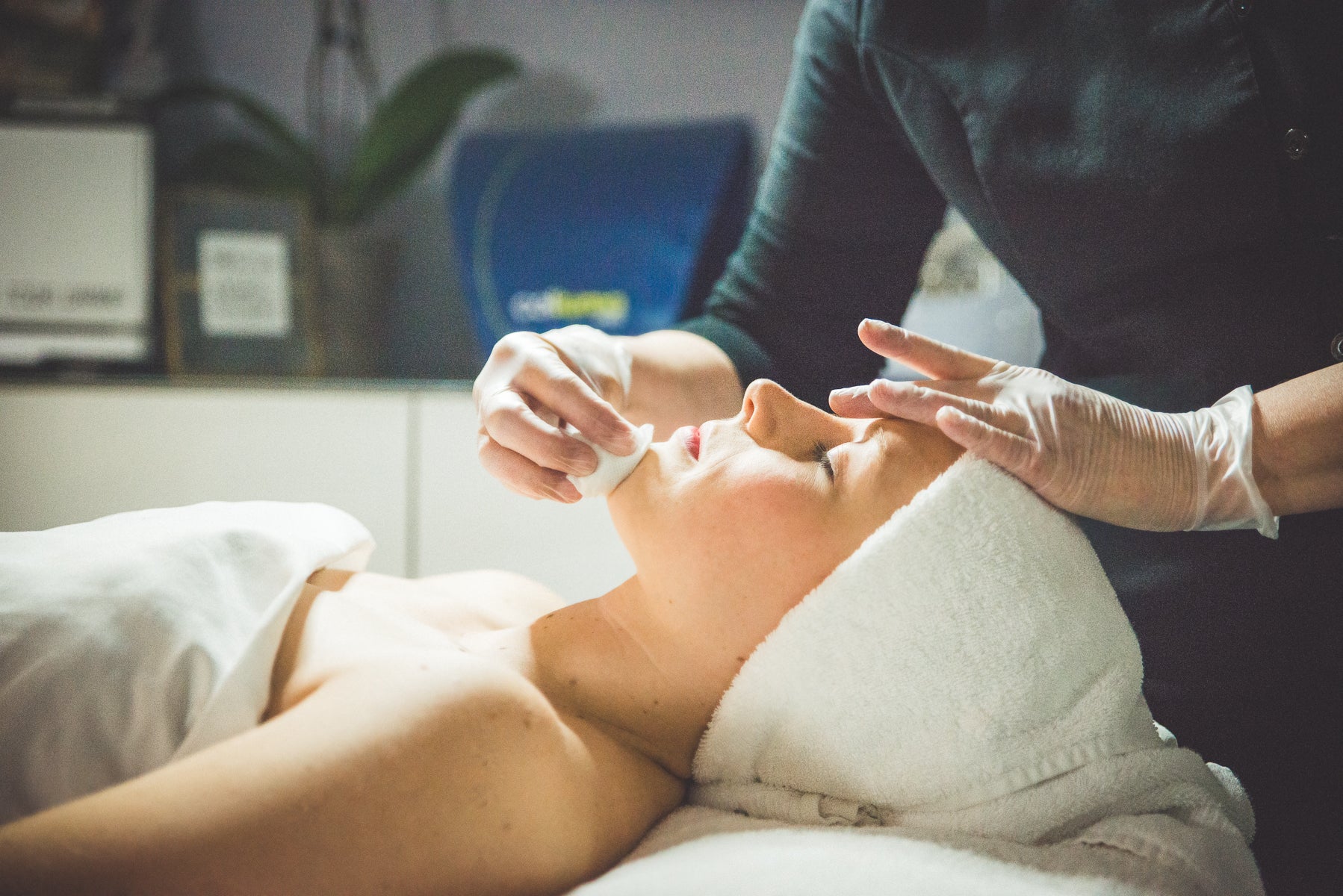New Preservatives and New Precautions
You may have noticed some changes to your beauty products in the past few years that aren't because they have discovered some new magic to make you look and feel better. These changes are to the one thing that most of us never really cared about in our skin and hair care... the stabilizer.
"More than any other ingredient, preservatives are most often called out as the worst ingredients you can use in a formula. Even people who know nothing about chemistry have likely heard about the “evil” parabens and formaldehyde."-Beauty Brains¹
For a while now companies have been removing parabens from their formulas due to marketing pressures. Parabens are stabilizers that have been used in skincare for well over 50 years and relatively recently came under fire due to a misunderstanding of a 2004 research study. This research study found metabolites in the tissue of breast cancer samples. The interesting thing is metabolites aren't parabens. This misunderstanding started a media frenzy, and although the scientists made statements that no link was made between parabens and cancer, the damage was done to the paraben reputation. Needing new ways to sell products, marketing companies quickly jumped on this new distrust and threw fuel on the fire, creating a new way to sell cosmetics, the "what's not in there," method of cosmetic marketing.
"Parabens in cosmetic formulations applied to skin penetrate the stratum corneum in inverse relation to the ester chain length. Carboxylesterases hydrolyze parabens in the skin. Parabens do not accumulate in the body. Serum concentrations of parabens, even after intravenous administration, quickly decline and remain low. Acute toxicity studies in animals indicate that parabens are not significantly toxic by various routes of administration. Subchronic and chronic oral studies indicate that parabens are practically nontoxic."-Pubmed.gov²
The purpose of my writing this today is not to sway your feelings one way or another on parabens, but rather to let you know how removing them is changing how you need to handle your skin care. The new stabilizers don't work the way parabens did and the days of looking the other way when you read the suggested replacement dates so you can keep a favorite lipstick for 5+ years without it smelling bad are over. These new stabilizers are much more similar to food spoilage. The example I like to use is with bread, if you buy sliced white bread at a regular grocery store, it will typically keep for 10+ days without growing moldy or getting stale, if you buy fresh baked bread at Whole Foods it's hard as a rock in 36 hours. Now this isn't a slight on either type of bread, it's a comment on purpose, one is to last on the shelf as long as possible, and the other is to be as natural as possible. The new natural stabilizers in cosmetics are just like the Whole Foods bread, natural, and because of that, they spoil more quickly.
In the clinic, I've seen many more sensitivities with the new stabilizers, this is often the case with natural products because they are much more likely to have allergens in them. I also see shorter timeframes when products start to discolor and separate, but the old "When to Toss it" charts still haven't been revamped to reflect the shorter shelf lives. Upon noticing this in my treatment room, I started to investigate a bit and found that in the shelf stability studies (studies that have to be done before any changes to a product can be released for consumer sales) and found out that researchers saw a higher level of bacteria growth than with previous (paraben) preservative systems. The changes are still so new that proper guidelines aren't known yet because each tweak to a formula has to go through 6 months of shelf stability testing for cosmetics and 24 months for pharmaceuticals (most of which stayed with parabens because of the requirements to keep their FDA approval).
Unfortunately, with marketing executives driving the beauty bus, consumers will have to deal with their products not looking, feeling or acting the same as they did before. Replacing a preservative system isn't as simple a take one out and plug one in, in fact in most cases huge changes have to happen to a formula to make them work properly.
Anyone with extensive experience with truly natural cosmetics knows that bacterial growth and even mold is something you for which you need to watch. Preservative free is also a problem.
"A preservative-free cosmetic won’t last more than a couple of weeks. It’ll spoil just about as fast as milk and become dangerous."-Beauty Brains³
What is my recommendation in this shift? I wouldn't completely vilify synthetic preservative systems yet, especially when dealing with skin issues with potentially open wounds such as acne. I also wouldn't turn my back on intelligently designed and tested natural preservatives. I think that eventually the industry will settle with a middle of the road approach to how they stabilize things. That being said, I would always make sure you purchase products with an expiration date printed on them or have the jar logo with the expiration suggestion on it. Clear out the hoarded products that under your sink and in your medicine cabinets, it's not worth going through a fungal infection (or worse) from expired products. If something smells bad, changes color, or separates, this is now a real problem, DON'T FEEL GUILTY! TOSS IT OUT! Mark your bottles when you open them with the date you need to replace it and stick to it.






Leave a comment
This site is protected by hCaptcha and the hCaptcha Privacy Policy and Terms of Service apply.